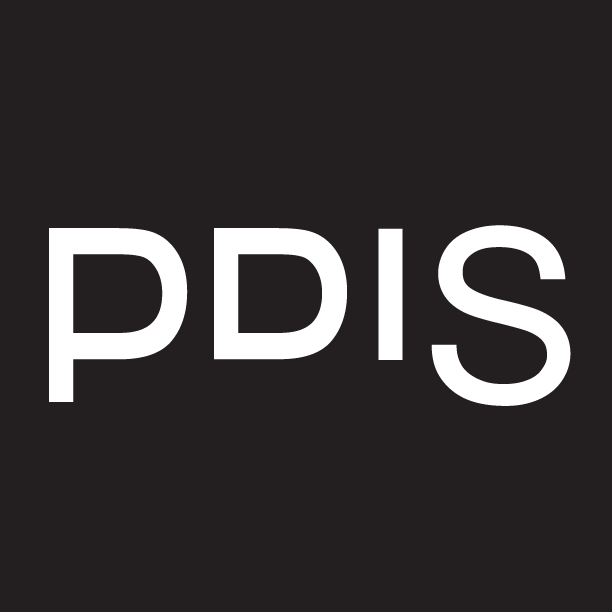Small adventure on the closing day of the National Palace Museum
The National Palace Museum was closed last year due to the epidemic, giving us the opportunity to re-recognize it from a new perspective.
The recent wave of epidemics has made everyone more cautious about art and cultural performances. This reminds me of the creativity unexpectedly inspired when the National Palace Museum was closed last year due to the epidemic.
“How do people recognize a painting?” The National Palace Museum, a seemingly ancient and traditional museum, turns this issue into a unique “huahua exhibition”. The year before last, we worked with Director Wu Micha of the National Palace Museum to recreate the electronic ticketing process with the concept of “user-centered”; last year, the National Palace Museum once again approached us to inquire about the needs of diverse audiences and let the “instruction card” next to the painting Closer to everyone’s expectations.
To this end, we organized a co-creation workshop with elements such as navigation, discussion, and creation. On the closing day in June last year, we opened the Internet to invite people of different identities to sign up.
That day, the entire museum belonged to this workshop. Discussion tables are placed in the large corridor outside the exhibition room, and posters are pasted on the glass wall. People can freely shuttle between the exhibition rooms, discussion areas and the National Palace Museum buildings surrounded by artworks.
In the process, the first time the participants were led by the curator, everyone listened and absorbed the content; the second time, everyone took their own hand-made instruction cards to introduce a national treasure in turn The ink painting “Rong Ji Zhai”-this wonderful work with “one river and two banks” composition, creating space illusion and multi-layered beauty, highlights the importance of the explanatory card.
From oral discussions, creations on the table, to actual entry into the exhibition room, surrounded by lighting, showcases, moving lines and other factors, participants can more realistically experience how they become “a bridge between audience and cultural relics”—— This is also the true meaning of the card: to narrow the distance between the art exhibits and the audience.
When young people put forward QRcode and multi-version exhibits description information, let the audience have more diversified and independent choices, when parents and teachers expect clarity and understandability in order to guide children; everyone has also experienced The difficulty of balancing different challenges, one participant felt that the explanatory card curation “Originally asked a lot about how to make the whole design feel very coordinated, but also take care of everyone’s needs.”
Card, seems to be very different from public policy, but this co-creation event has inspired participants to the logic of the “Government of the Mean” that must be considered in government decision-making. Difficulties in choosing the amount of information to absorb knowledge. Although there was no perfect solution on the spot, it stimulated multiple levels of thinking.
It turns out that curation is just like formulating a policy. There are many aspects to consider and it is difficult to satisfy everyone. But as long as you are willing to be close to the needs of diverse users, you can definitely find the most suitable direction. The consistency, coordination, and consideration of multiple contexts in the curatorial are just like the difficult social issues that the government faces, requiring multi-party consultation and co-creation.
On the day when the museum was closed due to the epidemic, we re-understood the National Palace Museum from an open and new perspective.
 (This work is licensed under a Creative Commons Attribution 4.0 International License.)
(This work is licensed under a Creative Commons Attribution 4.0 International License.)
 En-En Hsu
En-En Hsu